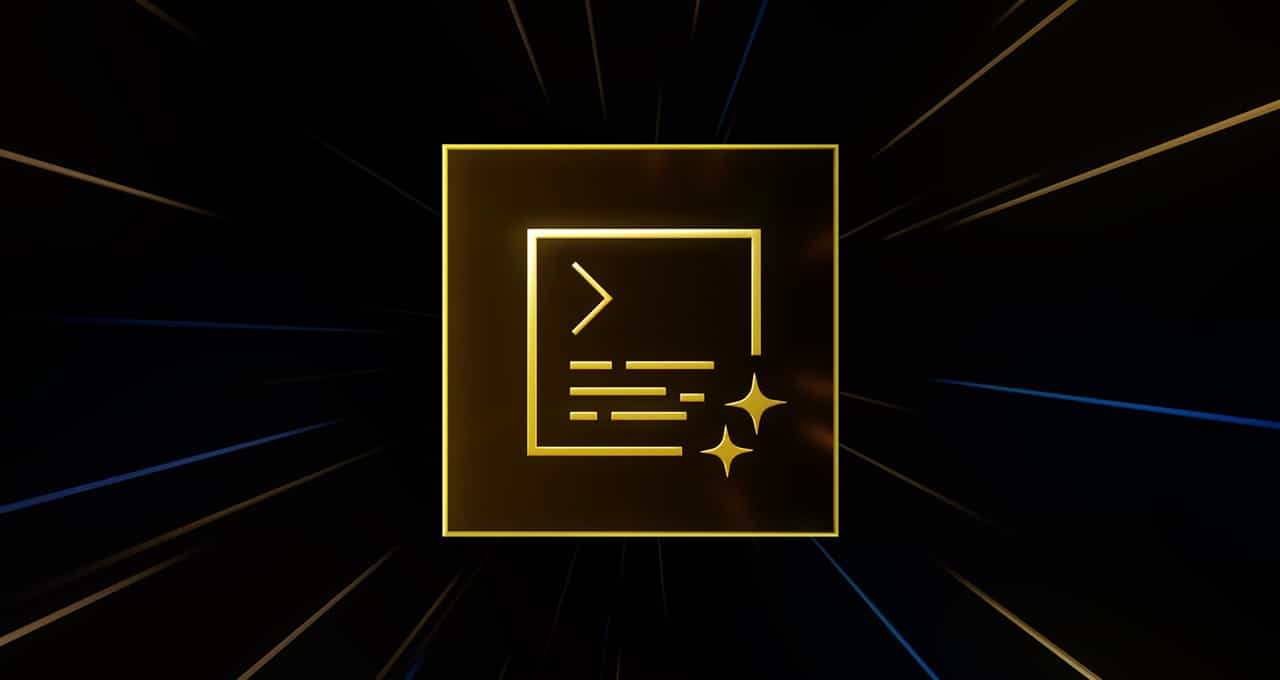Demystifying AI with NVIDIA’s Latest Update: Enhanced Fine-Tuning for Large Language Models
In the realm of artificial intelligence (AI), Large Language Models (LLMs) are making significant strides. These models can understand, summarize, and even generate text-based content at remarkable speeds, making them invaluable for a variety of applications. From productivity tools and digital assistants to non-playable characters in video games, LLMs are reshaping the tech landscape. However, these models are not universally applicable out-of-the-box; they often require fine-tuning to meet specific application needs.
NVIDIA has recently released an update to its RTX AI Toolkit, designed to simplify the fine-tuning and deployment of AI models on RTX AI PCs and workstations. This update leverages a technique called low-rank adaptation (LoRA), allowing developers to use multiple LoRA adapters simultaneously within the NVIDIA TensorRT-LLM AI acceleration library. This enhancement can improve the performance of fine-tuned models by up to six times.
Understanding the Need for Fine-Tuning
Large Language Models are initially trained on vast datasets. While this extensive training equips them with a broad understanding of language, it often falls short when applied to specific use cases. For instance, a generic LLM might generate basic video game dialogue but might lack the nuance to write in the style of a woodland elf with a dark past. To bridge this gap, developers fine-tune these models with context-specific data.
Consider an application designed to generate in-game dialogue. The initial step involves utilizing the weights of a pre-trained model, which contains generalized information. To refine this for a specific game, a developer might fine-tune the model using a smaller dataset that includes dialogue in a particular tone or style. This process ensures that the generated content aligns closely with the intended use case.
However, developers often face scenarios where multiple fine-tuning processes need to run concurrently. For example, they might want to generate marketing content in different styles for various platforms while also summarizing documents and drafting video game scenes. Running multiple models simultaneously is impractical due to GPU memory constraints and memory bandwidth limitations.
The Role of LoRA in Fine-Tuning
Low-rank adaptation (LoRA) offers a solution to these challenges. Think of LoRA as a "patch" that contains customizations derived from the fine-tuning process. Once trained, these LoRA adapters can be seamlessly integrated with the foundational model during inference (the process of making predictions based on data). This integration introduces minimal overhead while allowing a single model to serve multiple use cases.
In practical terms, an application can maintain a single copy of the base model in memory while accommodating numerous customizations through multiple LoRA adapters. This approach, known as multi-LoRA serving, enables the GPU to handle multiple calls to the model in parallel. This maximizes the use of NVIDIA’s Tensor Cores and minimizes memory and bandwidth demands, resulting in fine-tuned models that perform up to six times faster.
Real-World Application: In-Game Dialogue Generation
Let’s revisit the example of generating in-game dialogue. By employing multi-LoRA serving, the scope of the application can expand to include both story elements and illustrations, driven by a single prompt. A user could input a basic story idea, and the LLM would elaborate on it, creating a detailed narrative foundation. Simultaneously, the model, enhanced with two distinct LoRA adapters, could refine the story and generate corresponding images.
One LoRA adapter might generate a prompt for a locally deployed Stable Diffusion XL model to create visuals, while another adapter, fine-tuned for story writing, crafts a compelling narrative. This ensures that the space required for the process remains manageable. Both text and image generation are performed using batched inference, making the process exceptionally fast and efficient on NVIDIA GPUs. This capability allows users to iterate rapidly through different versions of their stories, refining both the narrative and the illustrations with ease.
Technical Insights and Performance Metrics
The recent update to the RTX AI Toolkit, detailed in a technical blog by NVIDIA, outlines how multi-LoRA support can be deployed on RTX AI PCs and workstations. The performance metrics are impressive. For instance, LLM inference on a GeForce RTX 4090 Desktop GPU for a Llama 3B int4 model with LoRA adapters shows significant improvements. With an input sequence length of 1,000 tokens and an output sequence length of 100 tokens, LoRA adapter max rank is 64, demonstrating the efficiency and speed of this approach.
The Growing Importance of LLMs
Large Language Models are becoming integral to modern AI applications. As their adoption and integration continue to grow, the demand for powerful, fast, and application-specific LLMs will only increase. The multi-LoRA support added to the RTX AI Toolkit provides developers with a powerful new tool to meet these demands, accelerating the capabilities of AI models.
In conclusion, NVIDIA’s latest update to its RTX AI Toolkit marks a significant step forward in the fine-tuning and deployment of AI models. By enabling the use of multiple LoRA adapters simultaneously, developers can achieve higher performance and more tailored outputs for their specific applications. This advancement not only enhances the versatility of LLMs but also opens up new possibilities for their use in various domains, from video game development to content creation and beyond.
For those interested in exploring these capabilities further, NVIDIA’s detailed technical blog provides an in-depth look at the implementation and benefits of multi-LoRA support. As AI continues to evolve, tools like the RTX AI Toolkit will play a crucial role in pushing the boundaries of what is possible, making advanced AI more accessible and effective for developers and users alike.
For more Information, Refer to this article.


































